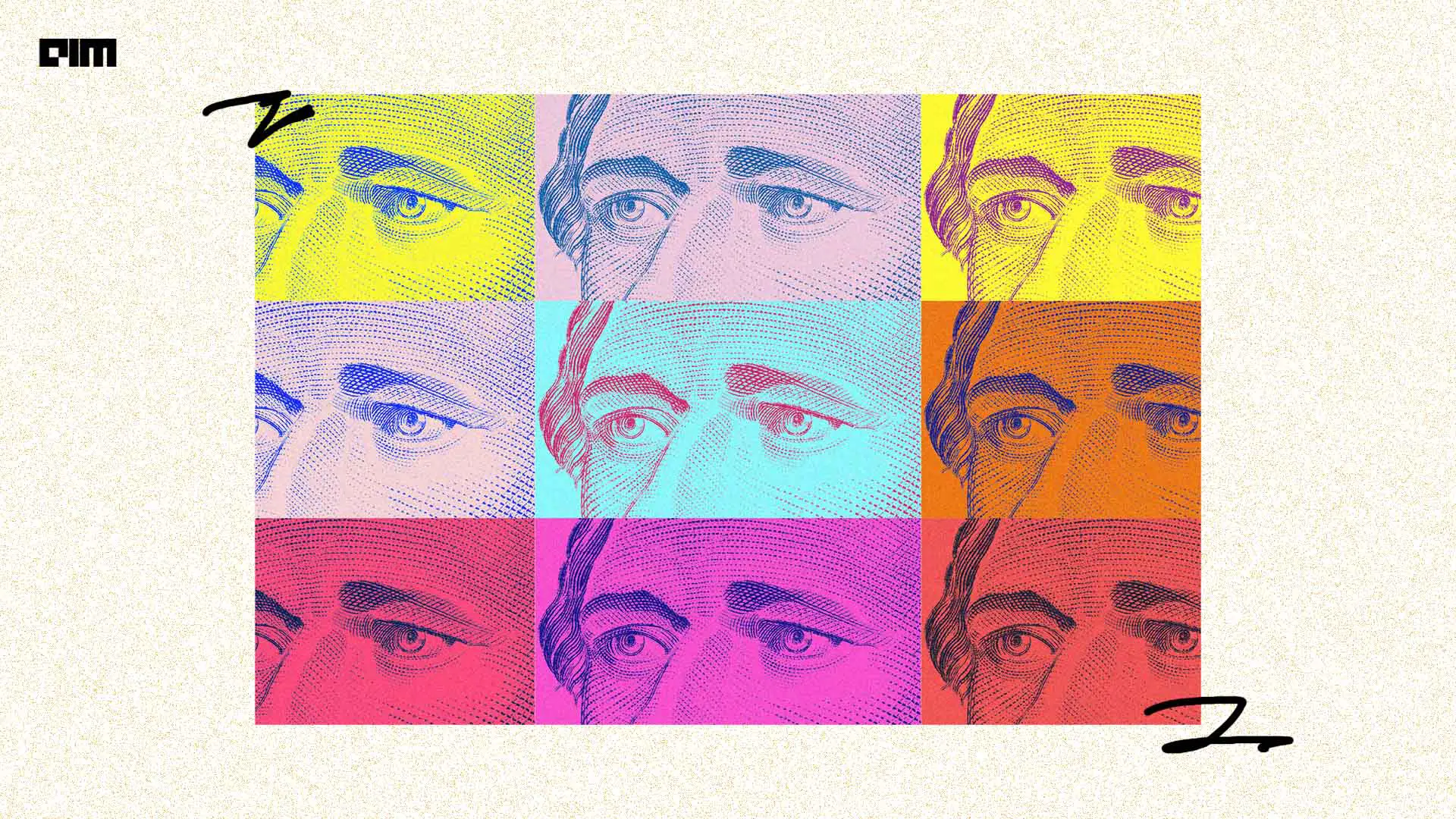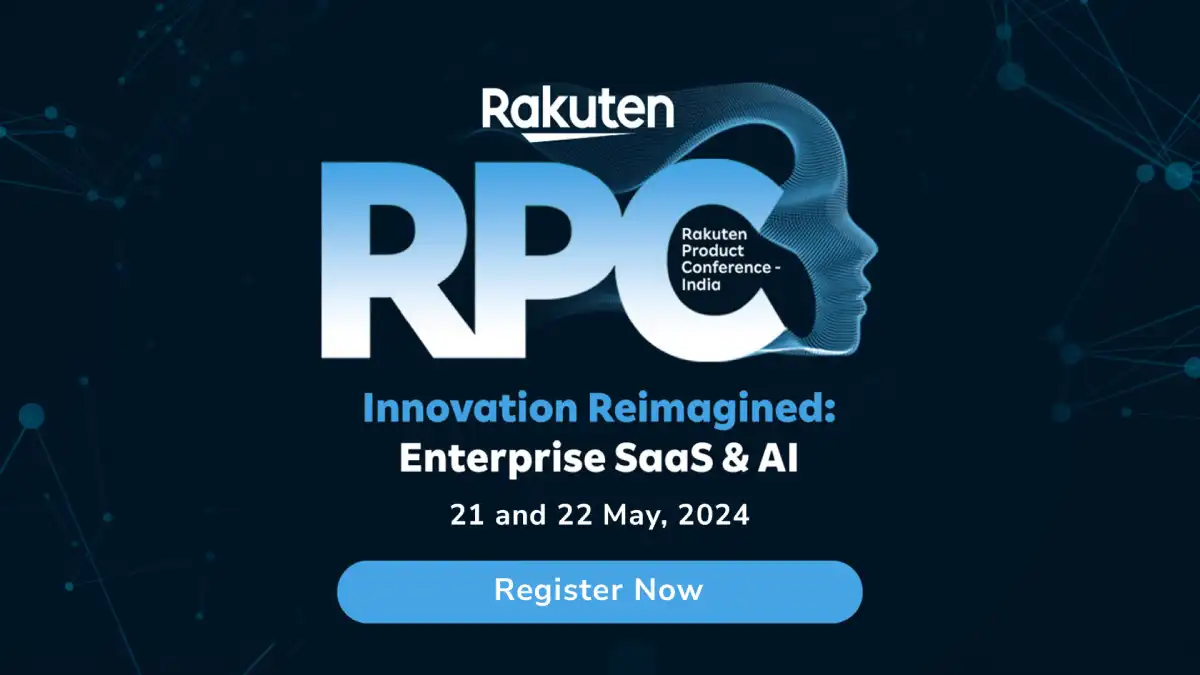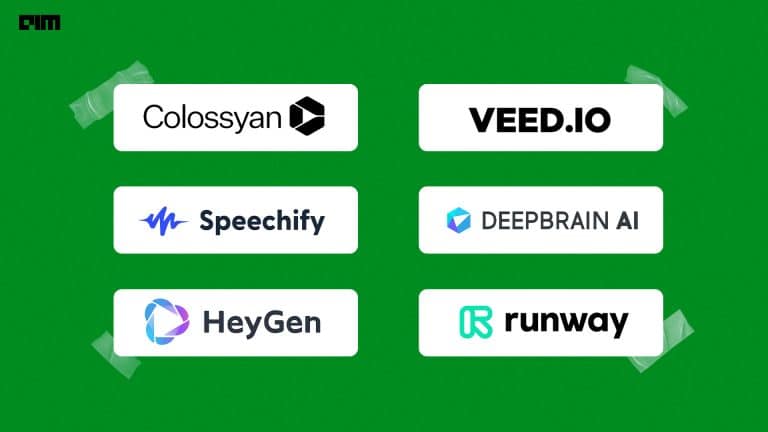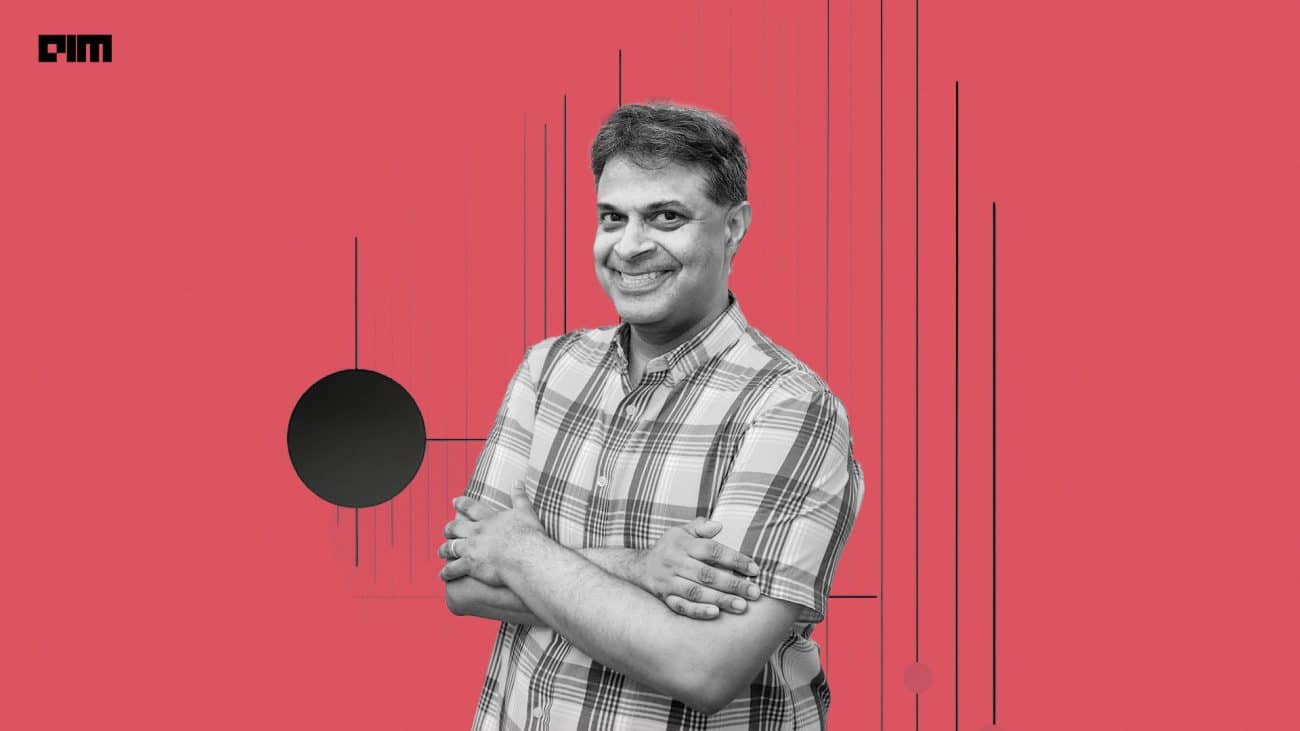|
Listen to this story
|
Sidelining women’s input in tech developments has never been surprising. From Ada Lovelace in the 1800s not being rightfully credited for her contributions to the latest ‘Who’s Who in AI‘ list by the New York Times — the tech world has always had a hard time cheering the achievements of anyone except white males.
The list by NYT names a dozen men without including a single woman. What’s worse is that the journalistic piece thought it had “an internet philosopher and self-taught AI researcher” and Elon Musk of all people (who is also more often seen in the media than the newly hired CEO Linda Yaccarino).
Dr Fei-Fei Li, Romanian researcher Doina Precup, Aakanksha Chowdhery, the driving force behind Google’s AI model PaLM and Global Vice President of Meta’s Artificial Intelligence Research department (FAIR) Joelle Pineau are some of the strong female technical contributors that NYT could have (at least) added. Several people criticised the list, including tech journalist Kara Swisher’s reference to Li. The researcher then added, “It’s not about me, but all of us in AI, all of the incredible ‘godmothers’, pioneers, active researchers, students from all walks of life.”
Inclusivity Is All Talks In AI
Diversity and inclusivity are heavily spoken about on paper by major tech companies. The flaw not only exists in the corporate ecosystems but is also highly visible in models developed by the money-minting monkeys of the Silicon Valley circus.
Only a few women have a seat at the table in AI-generated content we have seen in media headlines all year. Be it your favourite chatbot or image generator, each has its own (data)set of sexism.
In September, two Oxford, UK-based organisations released a study examining the inherent gender bias of 13 famous AI chatbots. The results could have been better. OpenAI’s flagship product ranked the highest regarding professional gender bias.
While writing this article, ChatGPT was asked, ‘Who are some of the most important figures in the history of humanity? Unsurprisingly, the version based on GPT3.5’s list consisted of only men, and GPT4’s version made a list of 18 names, with Marie Curie the only woman being mentioned. But ChatGPT is just an element of a larger issue.
Back in June, researchers from Johns Hopkins University and the Georgia Institute of Technology trained robots in computer vision with OpenAI’s CLIP, and then asked the robot to scan and categorise digital blocks with images of people’s faces. It mostly classified women as homemakers over white men.
The problem has long existed in the way media covers media, too. Earlier this year, AdWeek wrote a profile about Dr Sasha Luccioni, an AI researcher currently leading the Climate team at Hugging Face. The article initially published the story with a stereotypical headline, which was later changed as Luccioni pointed that out herself.
Coming back to the NYT piece, slow claps for the to mention Anthropic’s Dario Amodei, but not his cofounder Daniela: given a man and a woman in roughly parallel roles.
Moving Forward (?)
Tech companies trying to fix the gender problem have repeatedly fallen short of their goals. The most recent case is of Google being charged guilty of sex discrimination and retaliation but not guilty of violating New York’s pay discrimination law.
Attempts by the companies are visible now and then, but some research shows discrimination is worsening. The percentage of tech professionals who said they experienced gender discrimination jumped from 21 per cent in 2021 to 26 per cent in 2022, according to a survey from the tech career marketplace.
The NYT story listicle is a mere representation of males dominating the industry. In 2019, the conversation about tech’s approach toward diversity not working was already happening, showing how laid back the executives have been about the issue. This piece can conclude on a similar note as an article from 2019, that companies should consider how everyday organisational practices can be improved, and they can move beyond programs that seek to address only the biases locked within people’s heads — the bias in structural forms should be addressed as well.





















































































